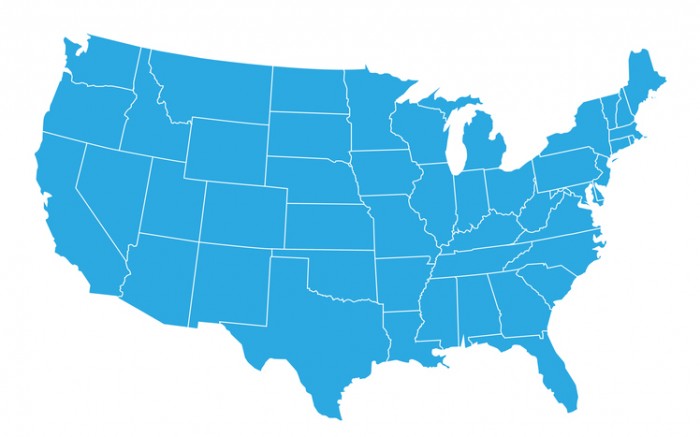Majority of States Have Committed to Value-Based Care, Payment Reform
Almost every US state and territory is implementing value-based care models and payment reform to improve care quality and reduce costs.

Source: Thinkstock
- There has been significant growth in the number of states and territories implementing value-based care models in the last five years, with a total of 48 committing to payment reform nationwide, including the District of Columbia and Puerto Rico, according to a report from Change Healthcare.
Half of these value-based models are multi-payer in scope. Just four states have few or no value-based initiatives underway.
While the federal government has played a critical role in accelerating healthcare payment reform, efforts and initiatives at the state level have also contributed to the rise in value-based care adoption.
“New care and payment models designed to improve quality and reduce costs are changing the way providers practice medicine and how they are compensated for their services,” the report said.
“The federal government’s role in driving these changes is highly visible due to the nationwide impact; however, state-initiated efforts are in many cases an equal if not surpassing force in transforming the healthcare industry.”
The latest report is an update of a 2017 brief benchmarking the progress of value-based care adoption at the state level.
The team found that states are taking very different approaches when making the shift to value-based care. More than 40 states, with federal support, have developed value-based strategies that have been in place for two years or longer. Eight more states have initiatives that are in development or in the early stages of implementation.
Since 2017, 18 regions have implemented Comprehensive Primary Care Plus (CPC+), a medical home model that aims to strengthen primary care by reforming care delivery and multi-payer payment. CPC+ includes two primary care packs tracks with incrementally advanced care delivery requirements and payment options.
States participating in CPC+ include Arkansas, Colorado, Hawaii, Louisiana, Missouri, and several others.
Nearly 70 percent of states are pursuing State Innovation Model (SIM) grants, which are awarded to states by CMS. These grants aim to support regions in planning and implementing individually designed innovation strategies that involve multi-payer reform efforts.
Alabama, Alaska, Florida, North Carolina, South Carolina, and South Dakota are each pursuing value-based reimbursement completely outside of the CPC+ and SIM programs.
Twenty-two states have adopted or are considering adoption of accountable care organizations (ACOs) to help manage costs and deliver better care. Sixteen states have implemented episode-of-care (EOC) programs, which reimburse providers for a specific medical condition across the full cycle of care for that condition.
Researchers also found that three states stand out for their range of initiatives, implementation of payment models that involve shared risk, and willingness to test innovative strategies.
For example, New York has tested a Medicaid pay-for-performance payment model and risk-sharing arrangements with managed care organizations. New York has also tested various value-based payment pilots focused on maternity care, HIV/AIDS, and integrated primary care.
Pennsylvania has also made strides in value-based care adoption. The state began its efforts in 2013 with multi-payer EOC payments for acute care, enhanced primary care through patient-centered medical homes (PCMHs), and a global budget for rural hospitals.
Vermont has initiated several value-based strategies as well. It began the transition to payment reform in 2011, when it implemented a PCMH strategy, and since then has adopted an all-payer ACO model and EOC payments for the Medicaid population.
The report demonstrates that states across the nation are seeking to reform healthcare payment models and emphasize value over volume.
"Much of the public's attention is focused on the federal government's role in catalyzing healthcare payment reform, but the significant work being done at the state level is no less important and meaningful," said Carolyn Wukitch, senior vice president & general manager, Network and Financial Management, Change Healthcare.
"Based on the report, it's obvious that managed Medicaid programs are actively exploring numerous VBP models, and that states implementing more advanced strategies around healthcare payment transformation will ultimately drive the commercial markets."
